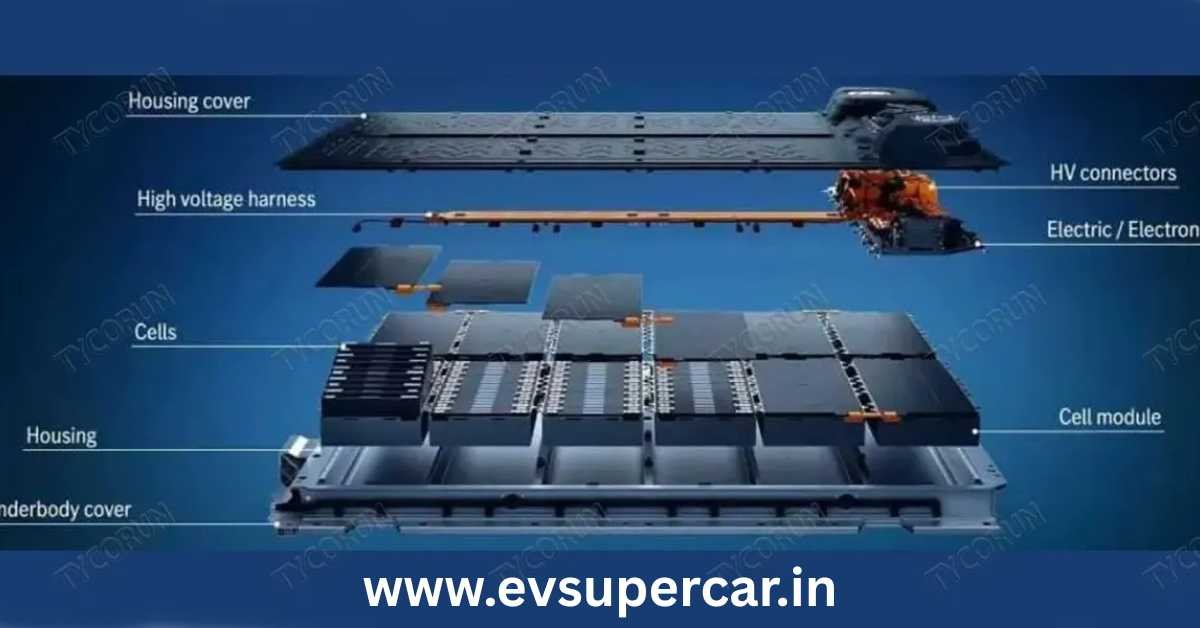Introduction
EV Battery Technologies in USA 2025 Electric vehicles (EVs) have become a cornerstone of the automotive industry in the USA, driven by sustainability goals, government incentives, and rapid advancements in battery technology. Among all the components in an EV, the battery is the most crucial—determining range, charging time, performance, and cost.
In 2025, the U.S. is at the forefront of EV battery innovation, with automakers and tech companies investing heavily in solid-state batteries, lithium-ion improvements, fast-charging systems, and recycling solutions.
This article explores the best EV battery technology in the USA (2025), comparing types, features, and future potential.
Why EV Battery Technology Matters
-
Range Anxiety Reduction: Longer battery ranges mean fewer charging stops.
-
Cost Efficiency: Better batteries reduce EV prices and improve affordability.
-
Charging Speed: Faster-charging batteries make EVs practical for daily use.
-
Durability: Advanced chemistry increases battery lifespan to 15–20 years.
-
Sustainability: Improved recycling reduces environmental impact.
Types of EV Battery Technologies in USA 2025
| Battery Type | Description | Advantages | Challenges |
|---|---|---|---|
| Lithium-Ion (Li-Ion) | Most common EV battery today | High energy density, reliable, proven | Degradation over time, safety concerns |
| Solid-State Batteries | Next-gen battery tech replacing liquid electrolytes | Faster charging, longer life, safer | Expensive, mass production challenges |
| Lithium Iron Phosphate (LFP) | Alternative to Li-Ion, used in affordable EVs | Cheaper, safer, longer cycle life | Lower energy density |
| Nickel-Cobalt-Manganese (NCM/NCA) | Used in premium EVs | High range, performance | Cobalt dependency, higher cost |
| Sodium-Ion Batteries | Emerging tech, alternative to lithium | Abundant raw material, eco-friendly | Lower range compared to lithium |
Best EV Battery Innovations USA 2025
1. Solid-State Batteries
Image: Solid-state EV battery prototype developed in USA labs
-
Developed by QuantumScape, Toyota, and Solid Power (USA).
-
Advantages:
-
Up to 500–700 miles range
-
Safer (less fire risk)
-
15-minute fast charging
-
-
Expected to enter mass-market EVs by 2026–2027.
Example: Ford and BMW are partnering with Solid Power for future EV models.
2. Tesla’s 4680 Battery Cells
Tesla introduced the 4680 cylindrical cells in 2025 with:
-
5x more energy capacity
-
16% improved range
-
Cost reduction of 30% compared to older batteries.
Why it’s revolutionary: Tesla is producing these in the USA at its Gigafactories, boosting American EV independence.
3. GM Ultium Battery Technology
GM’s Ultium platform powers EVs like the Chevrolet Silverado EV and Cadillac Lyriq.
-
Flexible pouch-style cells.
-
Range of 300–400 miles.
-
Supports both affordable and luxury EVs.
-
Designed with recyclability in mind.
4. Ford IonBoost+ Solid-State Research
Ford is investing heavily in IonBoost+, aiming for:
-
50% lighter batteries
-
Faster charge (80% in 15 minutes)
-
Longer lifespan
5. Sodium-Ion Batteries (CATL & U.S. startups)
While not yet mainstream, sodium-ion is gaining traction due to:
-
Low cost (abundant sodium supply)
-
Eco-friendliness
-
Potential for entry-level EVs under $25,000
Comparison of Leading EV Battery Technologies USA 2025
| Brand/Tech | Range (miles) | Charging Time | Cost Efficiency | Availability |
|---|---|---|---|---|
| Tesla 4680 | 350–450 | 20 min (80%) | High | Production in USA |
| GM Ultium | 300–400 | 25 min (80%) | Medium | Available in multiple GM EVs |
| Solid-State (QuantumScape) | 500–700 | 15 min (80%) | Expensive (future tech) | Expected 2026–27 |
| Ford IonBoost+ | 400–500 | 15–20 min | Medium-High | In R&D, pilot in 2025 |
| LFP Batteries | 250–350 | 30–40 min | Low cost | Used in budget EVs |
| Sodium-Ion | 200–300 | 30–40 min | Very Low cost | Early stage, future adoption |
EV Battery Recycling in the USA 2025
One of the biggest concerns with EV adoption is battery waste. In 2025, U.S. companies are advancing recycling solutions:
-
Redwood Materials (Nevada): Founded by Tesla’s co-founder JB Straubel. Recycling used EV batteries to recover lithium, nickel, and cobalt.
-
Li-Cycle (New York): Processing EV batteries into reusable raw materials.
-
GM & Ford partnerships: Ensuring closed-loop battery recycling.
Impact: Recycling reduces dependence on imports and makes EVs more sustainable long-term.
Government Support & Policies for EV Batteries
| Policy/Program | Details |
|---|---|
| Inflation Reduction Act (IRA) | Tax credits up to $7,500 for EVs with USA-made batteries |
| Department of Energy Grants | Funding startups for battery R&D |
| National EV Charging Infrastructure (NEVI) | Expanding nationwide fast-charging network |
| State-level incentives | California, New York, Texas offering extra rebates for EVs with domestic batteries |
Future of EV Batteries in the USA
Experts predict by 2030:
-
Solid-state will replace most lithium-ion batteries.
-
EVs will reach 800+ miles per charge.
-
Charging time will reduce to 5–10 minutes.
-
EV battery cost will fall below $100/kWh, making EVs cheaper than gas cars.
-
Recycling will recover 90% of materials from used batteries.
Expert Insights
As an EV analyst, I believe the best EV battery technology in the USA (2025) combines Tesla’s 4680 innovation and upcoming solid-state breakthroughs. While solid-state batteries hold the future, current leaders like GM Ultium and Tesla 4680 are making EVs accessible and efficient today.
Conclusion
The best EV battery technology USA 2025 shows how far the industry has come—from standard lithium-ion to revolutionary solid-state and sodium-ion batteries. With giants like Tesla, GM, Ford, and innovative startups pushing limits, EV batteries are becoming safer, cheaper, longer-lasting, and eco-friendly.
For consumers, this means:
-
Better range (300–700 miles)
-
Faster charging (15–25 minutes)
-
More affordable EV options
-
Sustainable future through recycling
🚗🔋 The future of mobility is electric, and battery technology is powering the way forward in the USA.

3 thoughts on “Best EV Battery Technology in USA 2025”